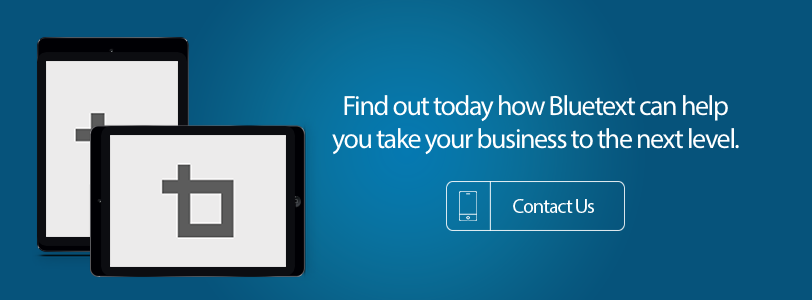When television owned the only screen in a single screen world – it controlled 100% of the “digital” content – brands and consumers alike were literally shackled by the format and programming television once controlled.
Today’s hyper connected consumer has gained complete control over what they want to watch, when they want to watch it and the screen they want to watch it on – but the majority of corporate brands have been slow to catchup to this change in consumer behavior and fail to recognize the role that consumers are now playing to drive corporate marketing strategy. This is largely because they are still beholden to more traditional channels – including online display – that dictate where, when and how their messages are served up to consumers.
Brands have to design customer experiences that meet the needs and expectations of an increasingly mobile consumer, and the creation and distribution of content plays a significant role in that customer experience. With so much noise and so many media formats vying for the customer’s attention, marketers now need to tell their own compelling, contextually relevant and visually impactful brand story.
As consumers gain control of the content they allow to reach them, some of the most modern brands are making the transition to what is probably the most significant shift in marketing since television and launching content publishing studios to create, manage and distribute content that rivals some network news rooms. Brands are experimenting with virtual reality, infographics, videos, mobile ads, native advertising and other creative ways to try and get their message in front of their customers in a time, channel and format that they chose to digest it.
And to compound that, technology is rapidly changing consumer behavior in unpredictable ways with mobile having become the primary enabler of the personal interactions the smartest brands are now having with their customers. As consumer preference for digesting content shifts to smaller handheld screens, innovative marketers will leverage that to create a more personalized experience with their customers. Branding is now a two-way conversation now that social media has given consumers a voice unlike anything ever seen before. As brands track individual consumer behavior in real-time, they can use it to tailor the individual experience for each specific person and their specific behaviors on a mass scale to create engagement and conversations at every consumer touch point.
With the rise of mobile, Brands will also need to become more nimble and at the same time, creative and digital agencies will eventually morph into one – like Bluetext – so that ideas are cohesively executed across all channels simultaneously to meet the needs of a new consumer culture – rather than those of the traditional media culture that has ignored them for far too long.
Even the most established brands risk becoming irrelevant if they fail to recognize that they need to adapt to these changes in human behavior. As consumers choose to embrace only the world that knows them – marketers need to develop and nurture a compelling brand narrative with content consumers will seek out to customize their own individual life experiences.
